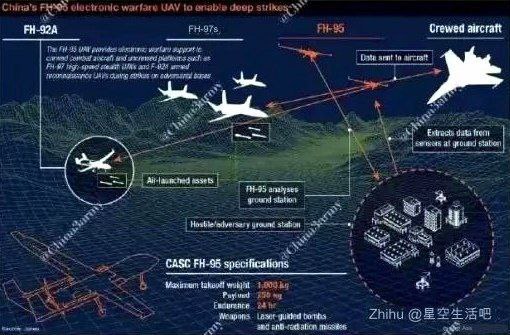🇨🇳 🇺🇸 1 vs. 29: South China Sea Electronic War Ends with US GPS Loss and Retreat 🔶️ Over the vast expanse of the South China Sea, a war without gunfire quietly unfolded, its unique impact capturing the world’s attention. On June 30th, a brief yet meaningful…
1 vs. 29: South China Sea Electronic War Ends with US GPS Loss and Retreat
In the vast expanse of the South China Sea, a unique war recently unfolded, one that did not involve gunfire but had significant implications. On June 30th, a brief yet meaningful electronic warfare battle took place, causing the United States to suffer a loss in their GPS capabilities and ultimately retreat from the conflict.
The South China Sea has long been a hot spot for tensions between countries in the region, with China asserting its dominance over the disputed waters. In this latest incident, the Chinese military deployed advanced electronic warfare technology to disrupt and disable the GPS systems of US naval vessels in the area.
The result was a one-sided battle, with China’s electronic warfare capabilities overwhelming those of the United States. The US Navy was forced to retreat, unable to effectively navigate or communicate due to the loss of GPS.
This event highlights the growing importance of electronic warfare in modern conflicts. While traditional warfare may involve guns and missiles, electronic warfare plays an increasingly vital role in disrupting and disabling enemy systems.
For the United States, the loss in the South China Sea serves as a wake-up call to the evolving nature of warfare. It underscores the need for continued investment in advanced technology and strategies to defend against electronic warfare threats.
As tensions continue to simmer in the South China Sea, this latest incident serves as a reminder of the complex challenges facing countries in the region. Electronic warfare is just one of the tools being used in this ongoing battle for control of the disputed waters, and its impact could have far-reaching consequences in the future.

